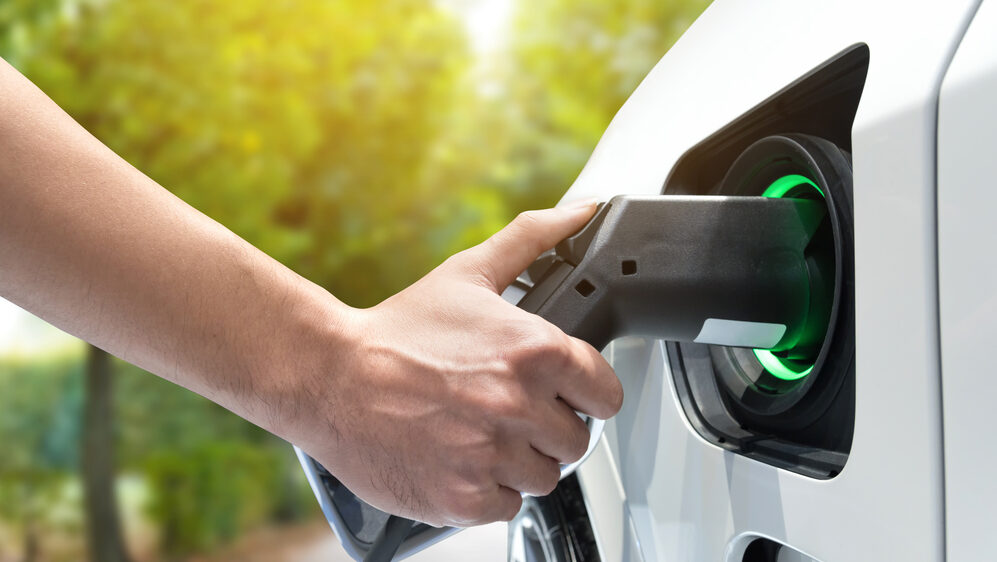Electric vehicle fire protection materials market set for growth, protecting a US$3.5 trillion industry
- February 21, 2024
- 9:42 am


Iain Hoey
Share this content
The importance of fire safety in electric vehicles
Electric vehicle (EV) fire safety is an increasingly critical area of focus.
Despite electric vehicles being less likely to catch fire than those with internal combustion engines, the risks associated with thermal runaway—a condition where an increase in temperature leads to a self-sustaining reaction—are of paramount concern.
Dr James Edmondson, addressing the issue, highlighted the importance of fire protection materials in mitigating these risks.
“Fire protection materials are the primary method of either preventing the propagation of thermal runaway or delaying its progression long enough to meet regulations and provide safety for occupants,” he stated.
With the EV market expected to reach a valuation of US$3.5 trillion by 2044, spanning a diverse range of vehicles from cars to air taxis, ensuring the safety of occupants and their surroundings becomes indispensable.
This backdrop underscores the growing significance of advancements in fire protection materials within the industry.
Emerging trends in battery design and fire protection
The landscape of EV battery design is evolving, with manufacturers employing various cell formats and battery structures.
IDTechEx’s recent report, “Fire Protection Materials for EV Batteries 2024-2034: Markets, Trends, and Forecasts“, sheds light on these developments.
It was found that in 2022, 55% of new electric cars sold utilised prismatic battery cells, while pouch cells accounted for 24%, with the remainder using cylindrical formats.
These design choices significantly influence the selection and application of fire protection materials.
The report also explores the key properties required for optimal fire protection materials, including thermal conductivity, density, and cost-effectiveness.
It points out the necessity of a holistic approach to selecting these materials, where factors such as weight, volume, and compatibility with other materials are taken into account to ensure effective fire safety measures.
A diverse range of materials for EV fire safety
The study by IDTechEx highlights a variety of materials being adopted for EV battery fire protection, from ceramic blankets and mica sheets to aerogels and encapsulating foams.
Notably, aerogels are gaining traction in the market, with significant adoption in China and by global automakers like GM, Toyota, and Audi.
The innovation in fire protection materials also extends to polymers with fire-retardant or intumescent properties, offering potentially lighter and more cost-effective alternatives to traditional materials.
The future of fire protection in the EV market
The report anticipates the EV battery fire protection material market will grow at a compound annual growth rate (CAGR) of 16.1% between 2023 and 2034.
This growth is driven by the increasing emphasis on battery safety in regulatory frameworks and the continuous efforts by vehicle manufacturers to enhance safety features while maintaining cost efficiency.
The evolving battery design landscape, including shifts towards cell-to-pack configurations, further accentuates the need for innovative fire protection solutions.
IFSJ comment
The emphasis on fire protection materials in the electric vehicle industry is a testament to the sector’s commitment to safety and innovation.
As the EV market continues to expand, the development and integration of advanced fire protection technologies will play a crucial role in safeguarding occupants and ensuring the long-term success of the industry.
The collaborative efforts between material suppliers, automakers, and regulatory bodies to address the challenges of thermal runaway and fire safety are pivotal in driving the EV market towards a safer and more sustainable future.

